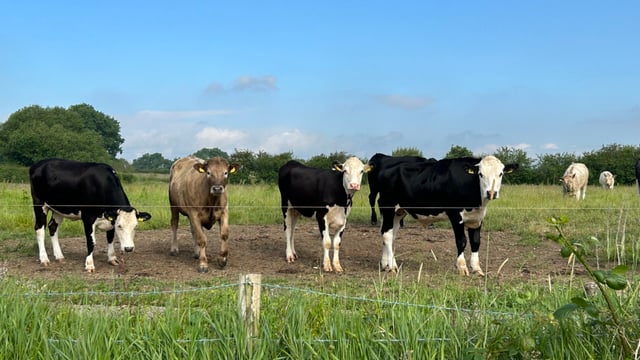FAO Food Price Index: Cereal and dairy prices rise in May
The benchmark for world food commodity prices increased for the third consecutive month in May, with higher prices recorded for cereals and dairy products, according to the latest Food Price Index by the Food and Agriculture Organisation of the United Nations (FAO).
The FAO Food Price Index, which tracks monthly changes in the international prices of a set of globally-traded food commodities, averaged 120.4 points in May, up 0.9% from its revised April level.
The FAO Cereal Price Index rose by 6.3% from April, as we seen rising global wheat export prices that reflected growing concerns about unfavourable crop conditions curbing yields for the 2024 harvests.
Areas with growing concerns included parts of Europe, Northern America and the Black Sea region.
Maize export prices also increased in May, pushed up by production concerns in both Argentina, due to the Spiroplasma disease, which is also known as corn stunt disease.
Unfavourable weather in Brazil also led to increased maize prices, as well as spillover effects from the wheat markets, and limited selling activity in Ukraine.
The All-Rice Price Index rose by 1.3% in May, according to the new FAO figures.
World cereal production is expected to total 2,846 million tonnes, virtually on par with the record output realised in 2023/24, according to the FAO's first forecast for the 2024/25 (July/June) season.
Global maize and wheat outputs are forecast to decline, while those of barley, rice and sorghum are predicted to increase, according to the new Cereal Supply and Demand Brief.
The FAO Dairy Price Index increased by 1.8% from April, underpinned by increased demand from the retail and food services sectors ahead of the summer holidays.
Increases can also be seen, due to market expectations that milk production in Western Europe may fall below historical levels, according to the FAO.
Renewed import demand for spot supplies from some countries in the Near East and North Africa also lifted dairy prices.
The FAO Meat Price Index decreased marginally, by 0.2%, as international prices of poultry and bovine meats fell, while those of pig and ovine meats increased.
The FAO Vegetable Oil Price Index declined by 2.4% from April.
Lower palm oil quotations due to seasonal output increases and ongoing weak global demand more than offset higher prices of soy oil.
This due to increasing demand from the biofuel sector, and firmer prices of rapeseed and sunflower oils due mainly to diminishing export availabilities in the Black Sea region.
Meanwhile, the FAO Sugar Price Index decreased by 7.5% from April, mainly driven by pressure from the good start of the new harvest season in Brazil.
Lower international crude oil prices also exerted downward pressure on sugar prices.





